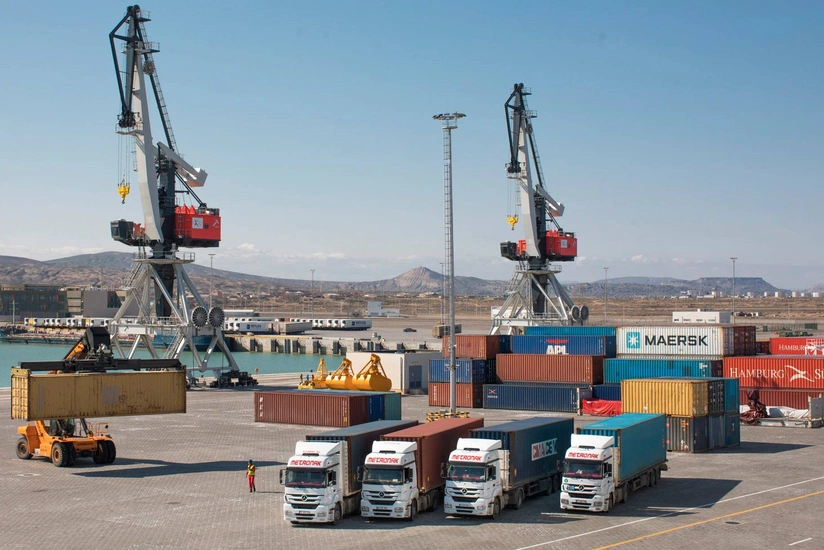Moody's names five key challenges to unlock Middle Corridor potential
- 12 September, 2025
- 13:12

In order for the Middle Corridor (Trans-Caspian International Transport Route, TITR) to realize its potential and become a competitive Eurasian trade route, the countries of the region will have to solve a number of key tasks, Report informs referring to the international rating agency Moody's.
"Despite significant developments, there are still major structural and policy-related difficulties undermining the Middle Corridor's viability as a competitive trade route.
According to reports by international organisations including the World Bank and EBRD, inadequate infrastructure remains a key obstacle. Rail networks along the corridor often operate with limited capacity, outdated signalling systems and insufficient rolling stock, constraining the volume and speed of freight movement. Many logistics facilities such as intermodal terminals, dry ports and warehousing hubs lack connectivity and integration, resulting in delays and inefficiencies during cargo handling and transshipment.
Ports along the coasts of Kazakhstan and Azerbaijan lack the modern equipment, digital systems and throughput capacity – the maximum rate at which a system can process or handle data, tasks, or materials within a given timeframe – required to manage increasing volumes of containerised cargo efficiently. These limitations are compounded by inconsistent investment strategies and a lack of coordinated infrastructure planning across the region, hindering the development of a seamless multimodal transport network.
Another difficulty is that the route spans multiple jurisdictions, with different customs procedures, regulatory standards and border management practices. This often leads to administrative delays, increased compliance costs, and unpredictable transit times.
Additionally, ongoing geopolitical tensions, particularly involving Russia, China and the EU, could lead to a decline in transit volumes due to reduced trade flows, while also introducing heightened uncertainty that may threaten the corridor"s long-term stability and dampen business confidence across the region.
Overcoming these obstacles will require a sustained commitment to multilateral cooperation, underpinned by long term infrastructure investment and strong political will. Digitalizing customs clearances, unifying transit documentation and establishing regional coordination mechanisms could significantly improve the corridor"s efficiency and reliability. Aligning infrastructure development plans and regulatory frameworks would also help unlock the corridor"s full potential.
Failing to address these shortcomings in a timely and coordinated manner, would risk the Middle Corridor falling behind more established alternatives. The Northern Corridor, which passes through Russia, and traditional maritime shipping routes via the Suez Canal currently offer more predictable transit times, lower costs, and better developed infrastructure. Without these key improvements, the Middle Corridor could remain a high-cost option, undermining its strategic relevance as a viable Eurasian trade route," Moody's added.
